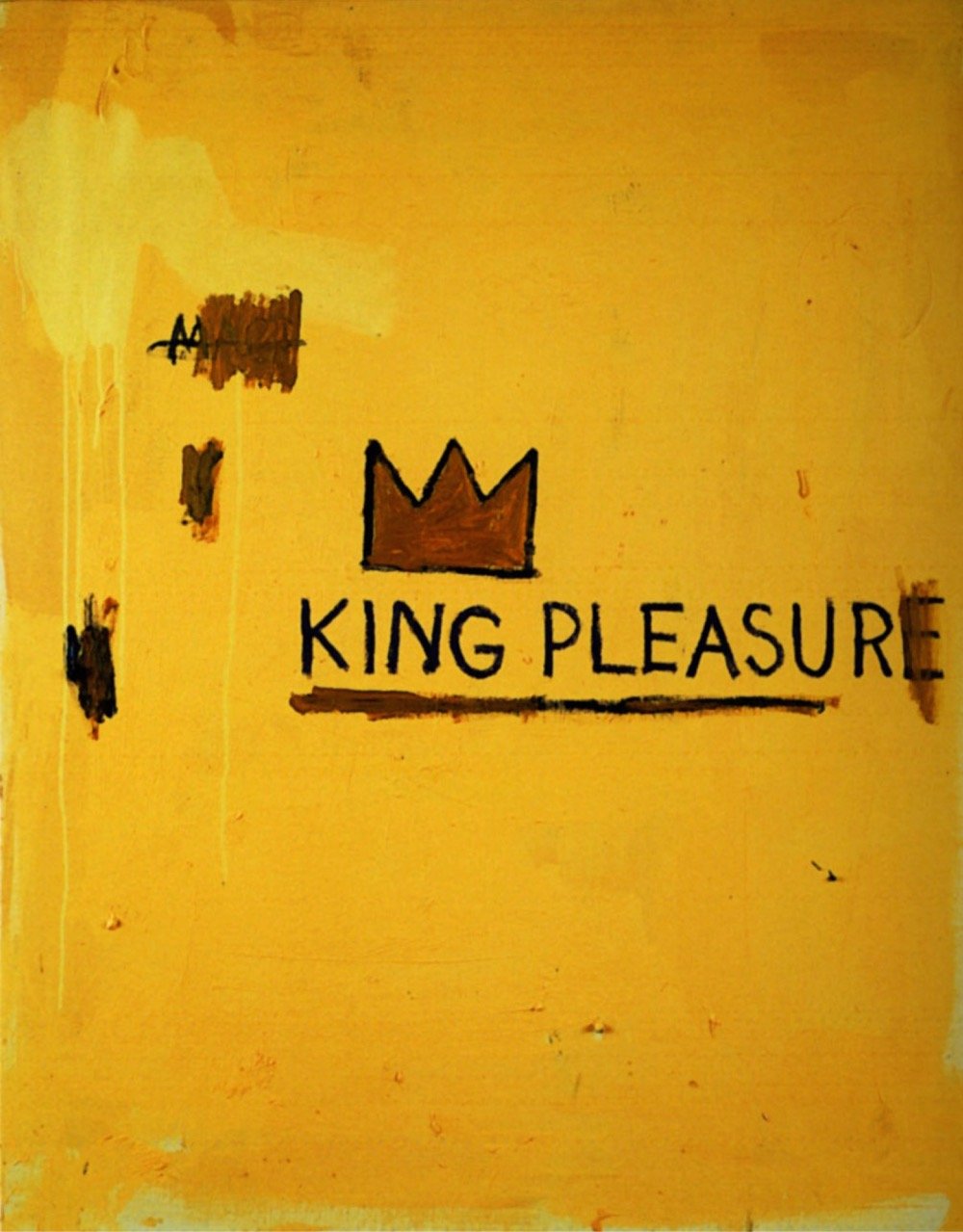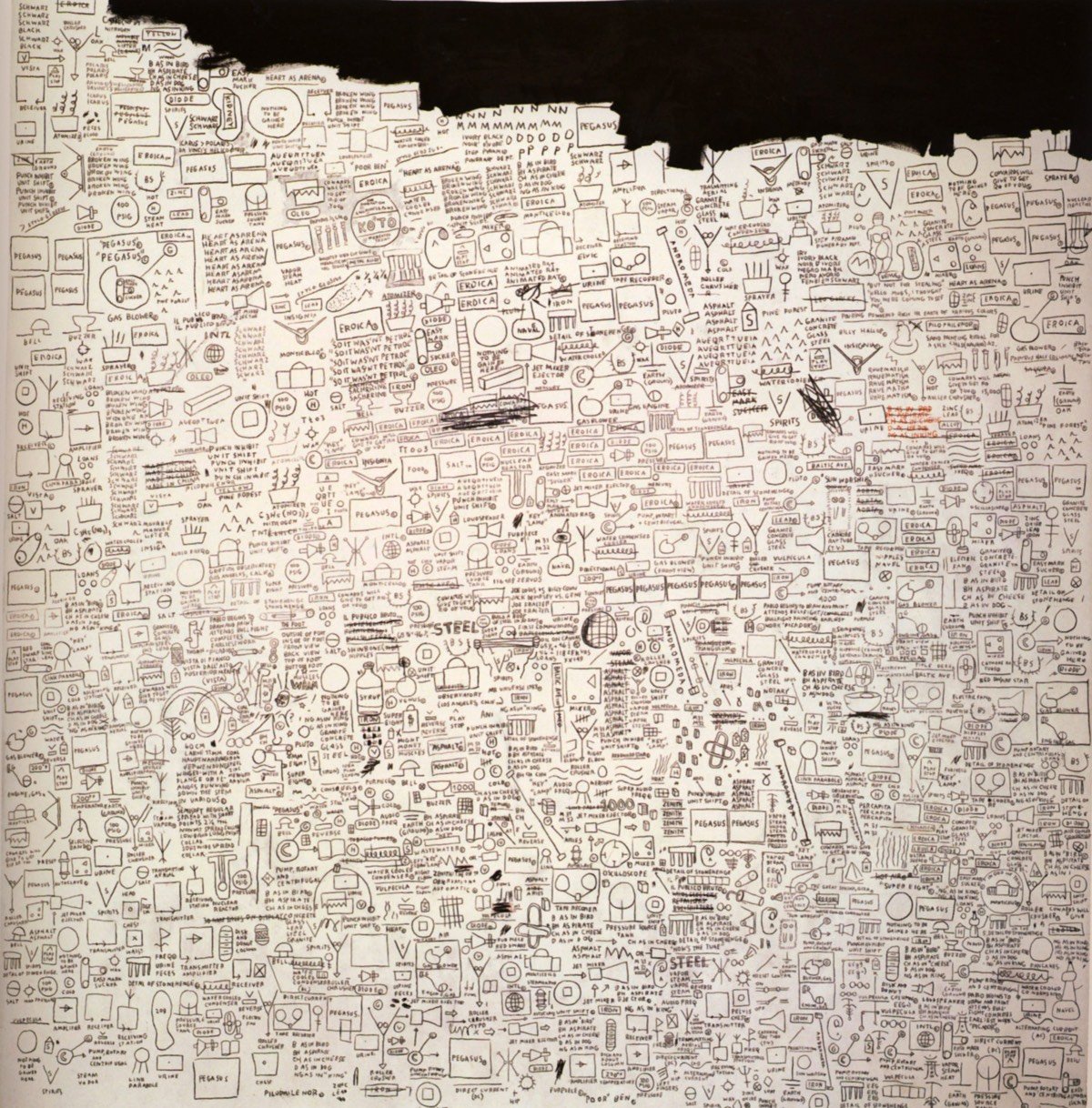“The Curious Case of the Contested Basquiats”
For the Atlantic, Bianca Bosker writes about a trove of paintings supposedly by Jean-Michel Basquiat that were discovered in a storage locker, ended up in a museum, and then seized by the FBI as fakes. As the owner of a pretty-convincing-but-probably-fake Basquiat purchased at a Mexico City flea market (that is also painted on cardboard), I read this story with great interest.
Science promises to be a neutral and exacting judge, though in reality forensics aren’t always much help either. Technical analysis can rule out an artwork — pieces from the trove of purported Pollocks with which Mangan was involved were exposed as forgeries after researchers found pigments that postdated the artist’s life — but it can’t rule it in as definitively by the artist in question. Some forgers will submit their handiwork for forensic testing so they can see what flags their pieces as counterfeit, then adjust their methods accordingly. Scientific techniques are also far less useful for contemporary artists like Basquiat, who relied on materials that are still available and for which the margin of error on many tests is wide. When the collector in Norway sent a painting he’d purchased from Barzman to be carbon-dated, the test revealed that the cardboard could be from either the 1950s or the 1990s.
What does it matter if art is authentic?
Our obsession with artworks’ authenticity can in part be traced back to what’s known as the “law of contagion”: Pieces are thought to acquire a special essence when touched by the artist’s hand. Yet the intense distaste for forgeries reveals a dirty secret about our relationship with art, which is that we tend to fixate on genius and authorship more than the aesthetic qualities of the work we claim to value so highly. The writer Arthur Koestler, in an essay on snobbery, goes so far as to argue that when judging a work, who made it should be considered “entirely extraneous to the issue.” What matters more, he argues, is what meets the eye.
When I see art in person or visit historic places, I often think to myself that I am standing where the artist or famous personage once stood — and it makes me feel something. I’m not sure if it has anything to do with magic though.








Stay Connected